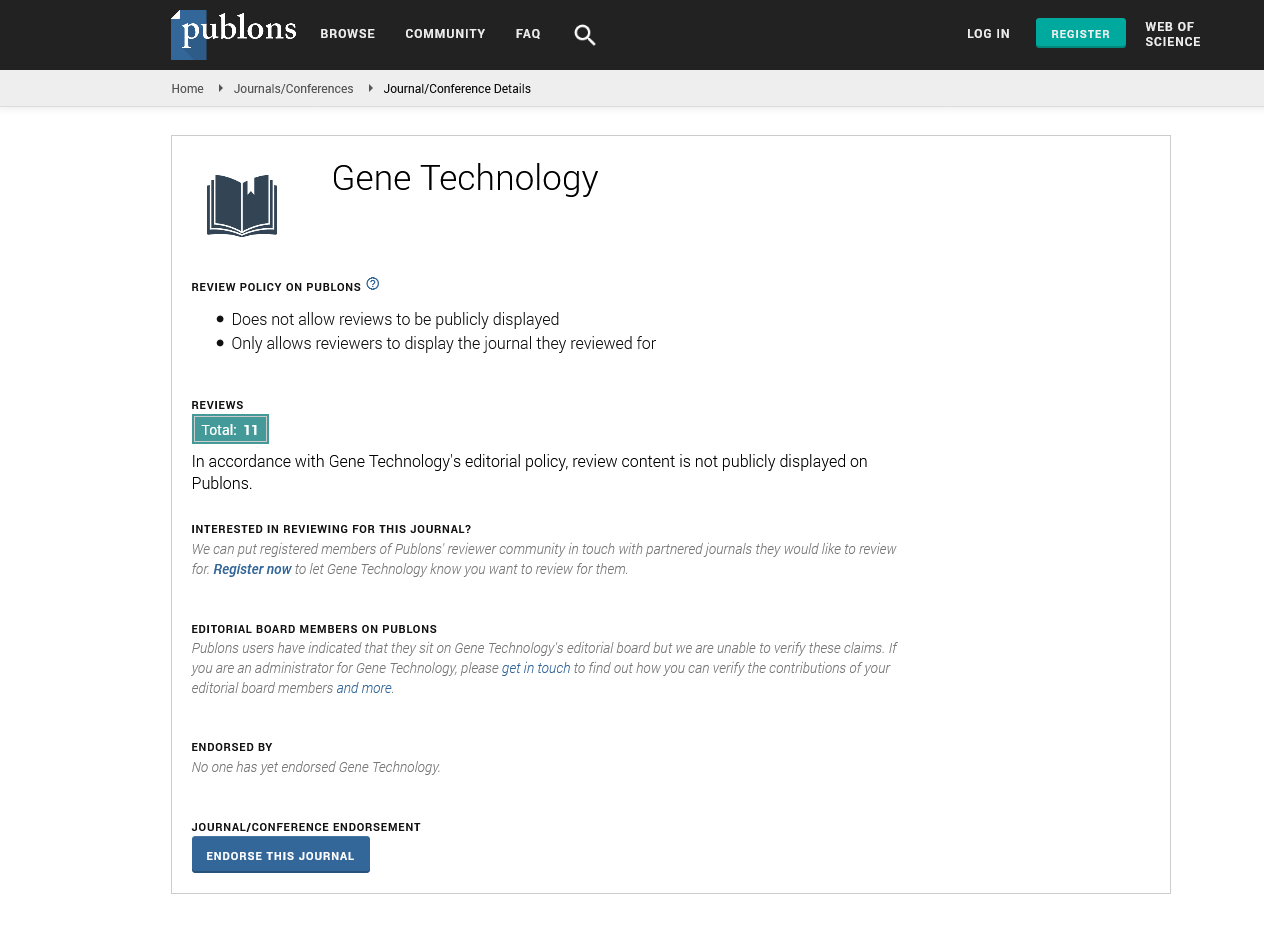Indexed In
- Academic Keys
- ResearchBible
- CiteFactor
- Access to Global Online Research in Agriculture (AGORA)
- RefSeek
- Hamdard University
- EBSCO A-Z
- OCLC- WorldCat
- Publons
- Euro Pub
- Google Scholar
Useful Links
Share This Page
Journal Flyer

Open Access Journals
- Agri and Aquaculture
- Biochemistry
- Bioinformatics & Systems Biology
- Business & Management
- Chemistry
- Clinical Sciences
- Engineering
- Food & Nutrition
- General Science
- Genetics & Molecular Biology
- Immunology & Microbiology
- Medical Sciences
- Neuroscience & Psychology
- Nursing & Health Care
- Pharmaceutical Sciences
Abd El Nasser

Abd El Nasser
Division of Genetic Engineering & Biotechnology
National Research Centre, Egypt
Biography
Genetic improvement of the productivity and activity of the products from microorganisms are the main goals. To achieve such goals, the induction of mutation with physical and chemical mutagens is carried. From different genetic variabilities induced by mutagens, the highly producer isolates more than the originally strain will be selected. Moreover, protoplast fusion is one of the efficient method by which the chromosomal DNA fragment from one cell is transferred to suitable host cell. This technique involves two steps; 1- Successful conversion of the cells into protoplasts by digesting away the cell wall by carbohydrase enzymes. 2- Transferring genetic material to host strain either by PEG/CaCl2 or electroporation. Since protoplast fusion technology has been used in several of biotechnology, this technique will be adopted in order to construct new recombinants contain the genetic constitutions responsible for increasing the product productivity and activity. Finally, genetic engineering protocols are the efficient way to produce genetically manipulated microorganisms when the molecular information about the gene(s) under study is available.
Research Interest
Applied microbial genetics.
Isolation & identification of microorganisms by genetic methods.
Genetic improvement of microorganisms.
Genetic engineering of microorganisms.
Genetic basis of biotransformation by microorganisms.
Genetic basis of biosorption by microorganisms.
Genetic basis of biodegradation by microorganisms.

